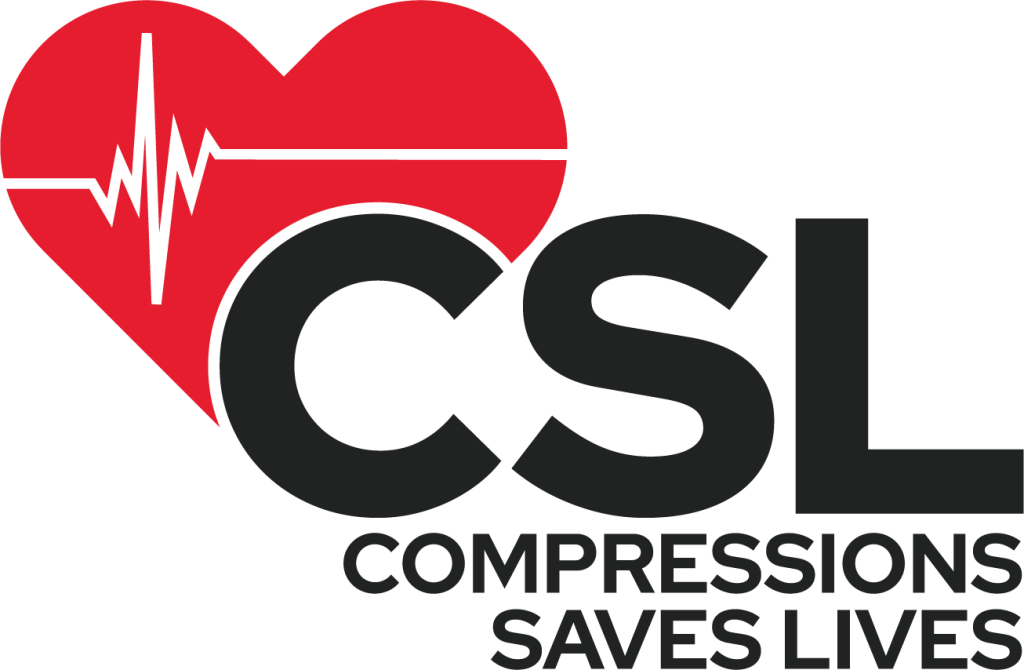Imagine being at a family gathering, a crowded event, or even just walking down the street, and suddenly, someone nearby collapses. They are unresponsive and not breathing. In such a critical moment, knowing how to perform cardiopulmonary resuscitation (CPR) can mean the difference between life and death. CPR is not just a skill for healthcare professionals; it is an essential ability that everyone should learn.
5 Reasons to Learn CPR
1. Immediate Response Saves Lives
Cardiac arrest can strike anyone, anywhere, at any time. When the heart stops beating, every second counts. The likelihood of survival decreases by 7-10% for every minute without CPR and defibrillation. Quick and effective CPR can double or even triple a person’s chance of survival until professional medical help arrives. By learning CPR, you become equipped to provide this immediate, life-saving intervention.
2. It’s a Simple, Yet Powerful Skill
Many people are intimidated by the thought of performing CPR, assuming it is a complex medical procedure. In reality, basic CPR involves simple steps: checking responsiveness, calling for emergency help, and providing chest compressions and rescue breaths. Modern CPR training emphasizes “hands-only” CPR for untrained bystanders, focusing on chest compressions to maintain blood circulation, which makes the process even simpler. This means that with minimal training, anyone can be prepared to act in an emergency.
3. Widespread Knowledge Can Create a Safety Net
Imagine a world where CPR training is as common as learning to ride a bike or drive a car. In such a scenario, the chances of a bystander being present who can administer CPR in an emergency would be significantly higher. Communities would be safer, and more lives could be saved. By learning CPR, you contribute to this collective safety net, ensuring that help is more likely to be available when needed.
4. Empowerment and Confidence in Emergencies
Learning CPR not only prepares you to save lives but also empowers you to take control in emergency situations. Knowing that you have the skills to potentially save a loved one, friend, or even a stranger, instills a sense of confidence and responsibility. This empowerment can extend beyond CPR, encouraging you to seek out additional first aid and emergency response training.
5. It’s Accessible and Affordable
CPR training is widely accessible and often very affordable. Many organizations, such as the American Heart Association and the Red Cross, offer CPR courses both in-person and online. Community centers, hospitals, and schools frequently provide training sessions, sometimes even for free. With so many resources available, there is little reason not to take the time to learn this invaluable skill.
6. You Could Save Someone You Love
Statistics show that nearly 70% of out-of-hospital cardiac arrests happen at home. This means that if you ever need to perform CPR, it is most likely to be on someone you know and care about—a family member or a friend. By learning CPR, you are not just preparing to help strangers; you are potentially protecting the lives of the people closest to you.
Conclusion
Learning CPR is a small investment of time that yields an enormous return: the power to save a life. It’s a straightforward, effective skill that can be learned by anyone and has the potential to make a profound impact on your community. Whether it’s at home, at work, or in public, being prepared to perform CPR can turn you into an everyday hero. Don’t wait for an emergency to wish you had learned CPR; take the step today to become trained and ready to make a life-saving difference.
